I was using GRETL. There, when I do the forecasting for the validation of the arima model, I will get the fitted series in blue line and the original series in red line. Later, I switched to R and here I could not find any command to do the same. I am using Arima model from forecast package.
details,
In GRETL I use to do model->time series -> arima -> forecast. It will automatically print the fitted and the original series. Any idea to do the same on R?
